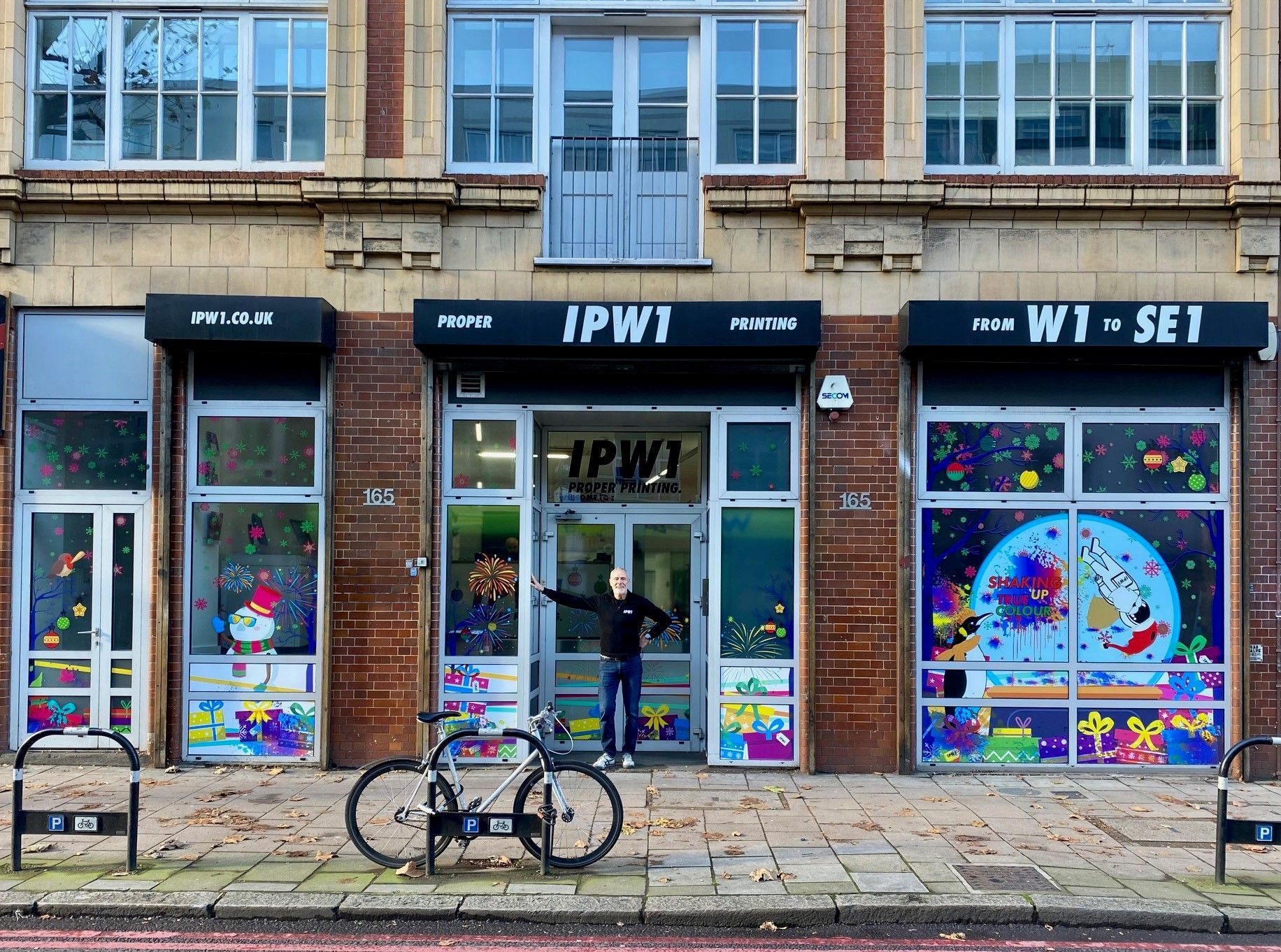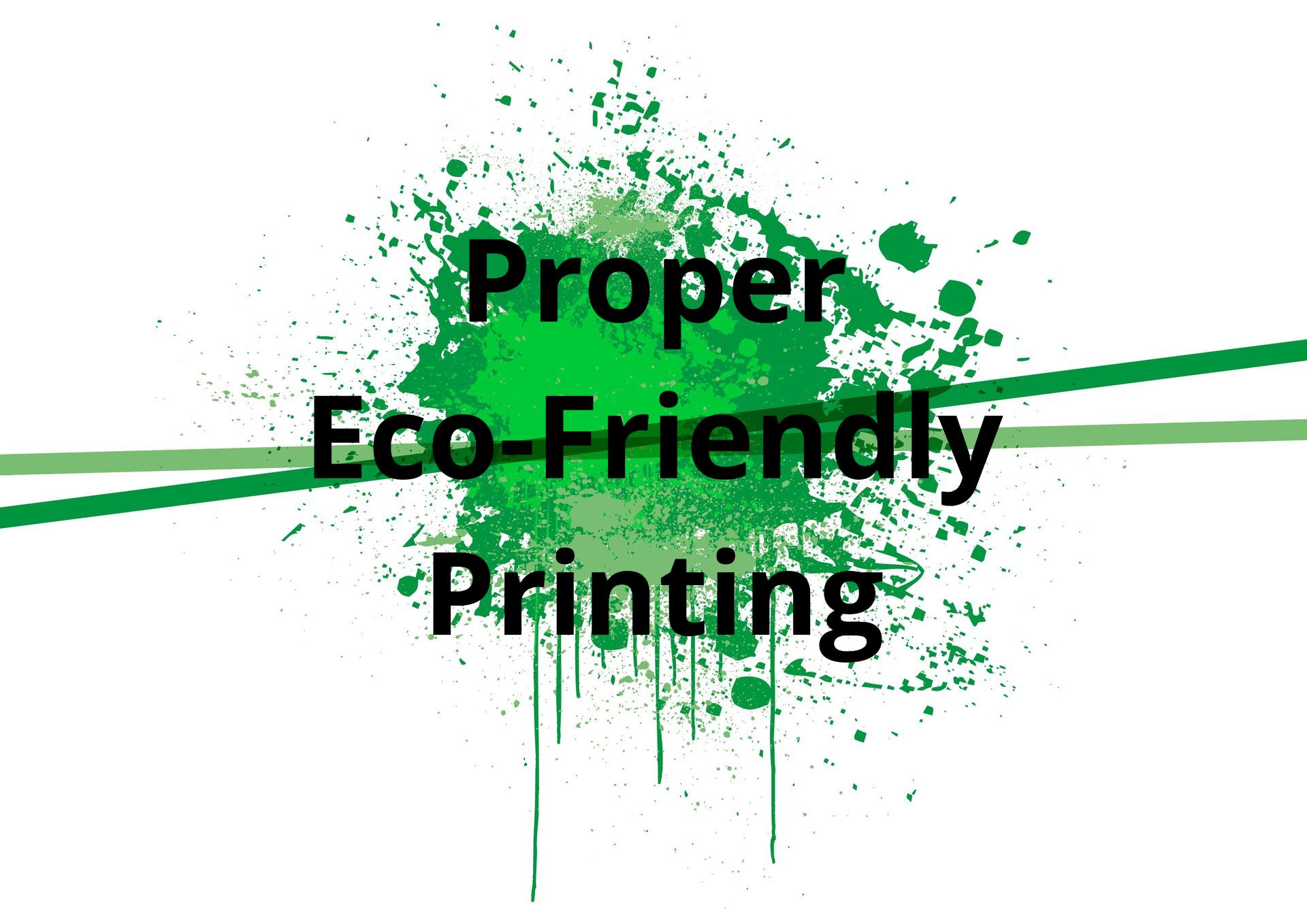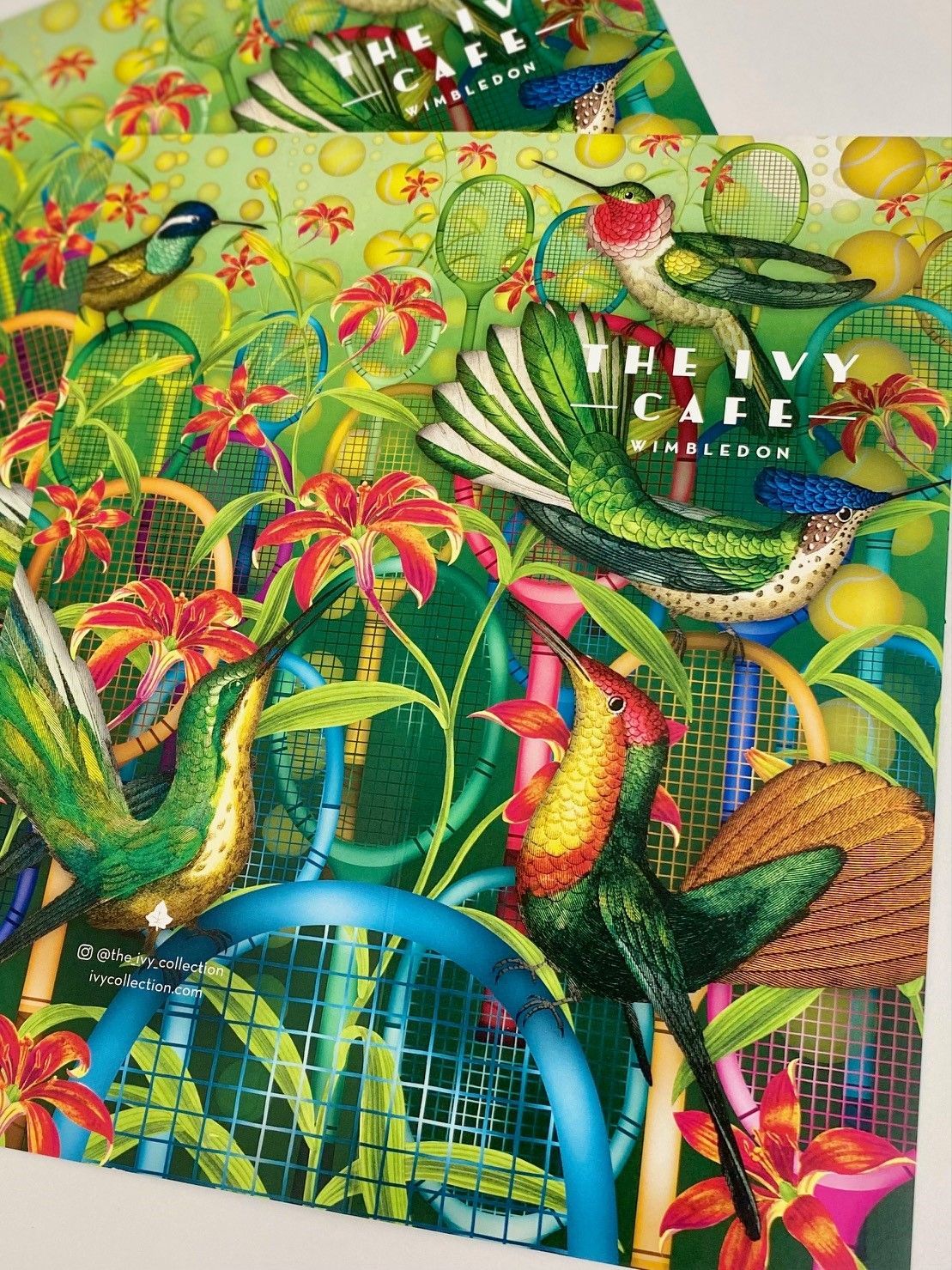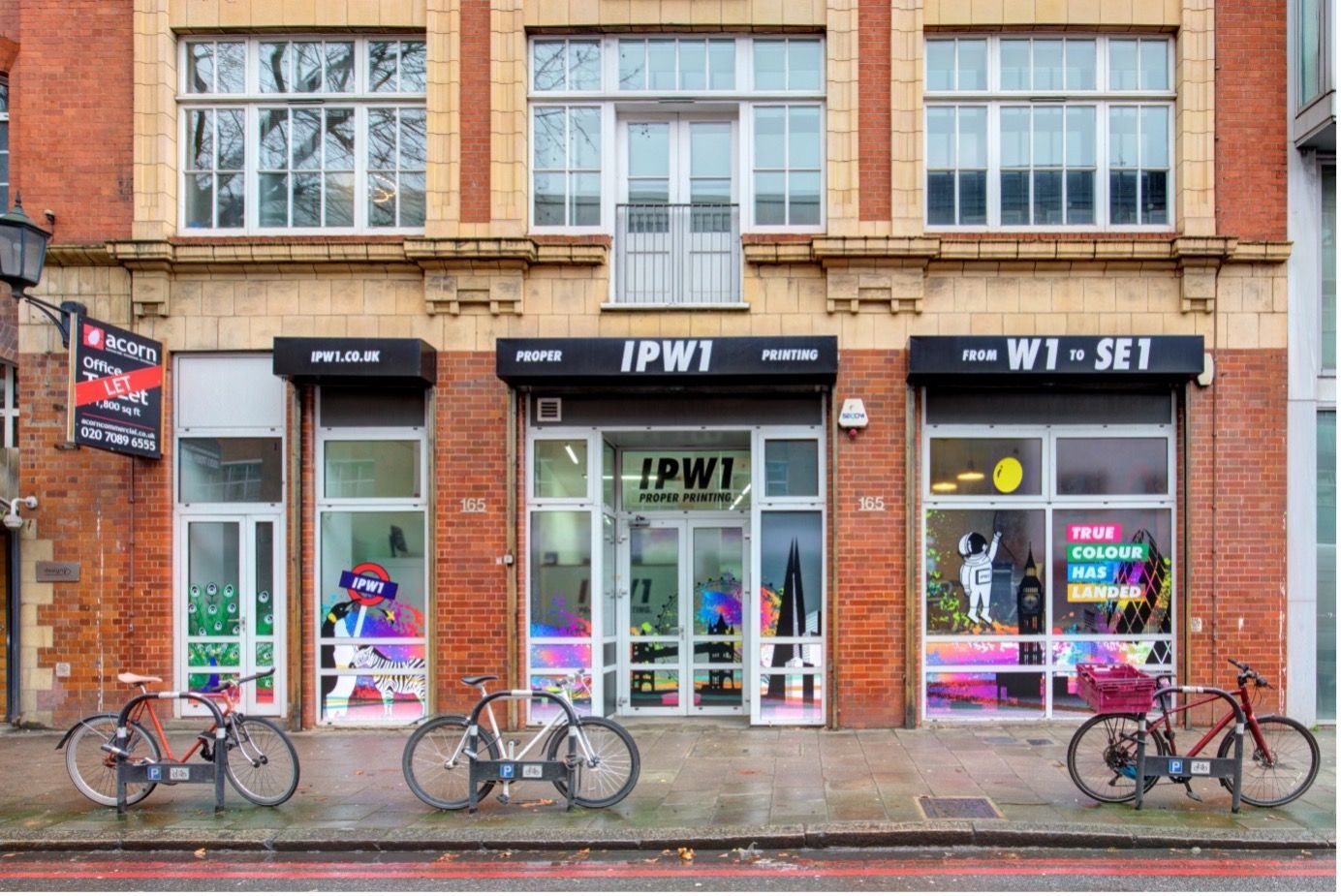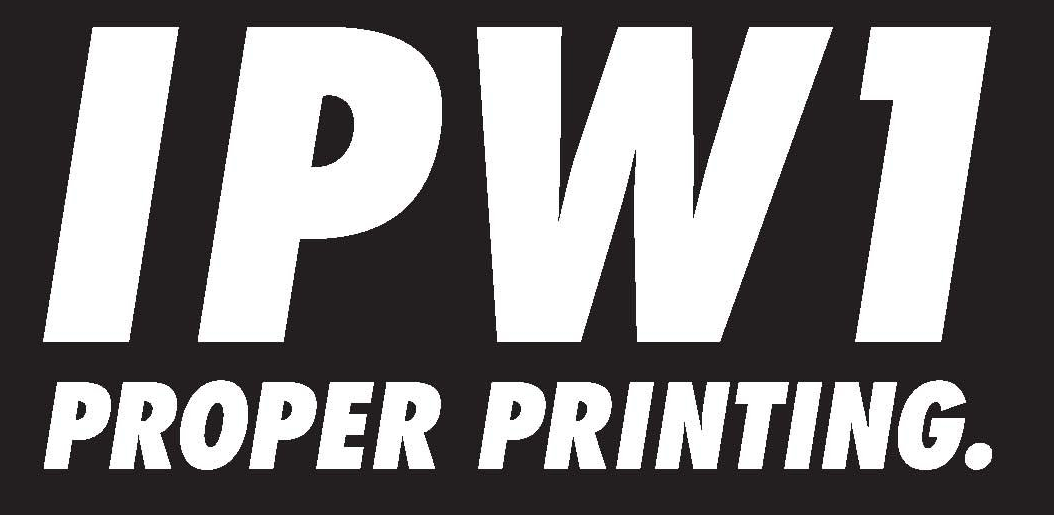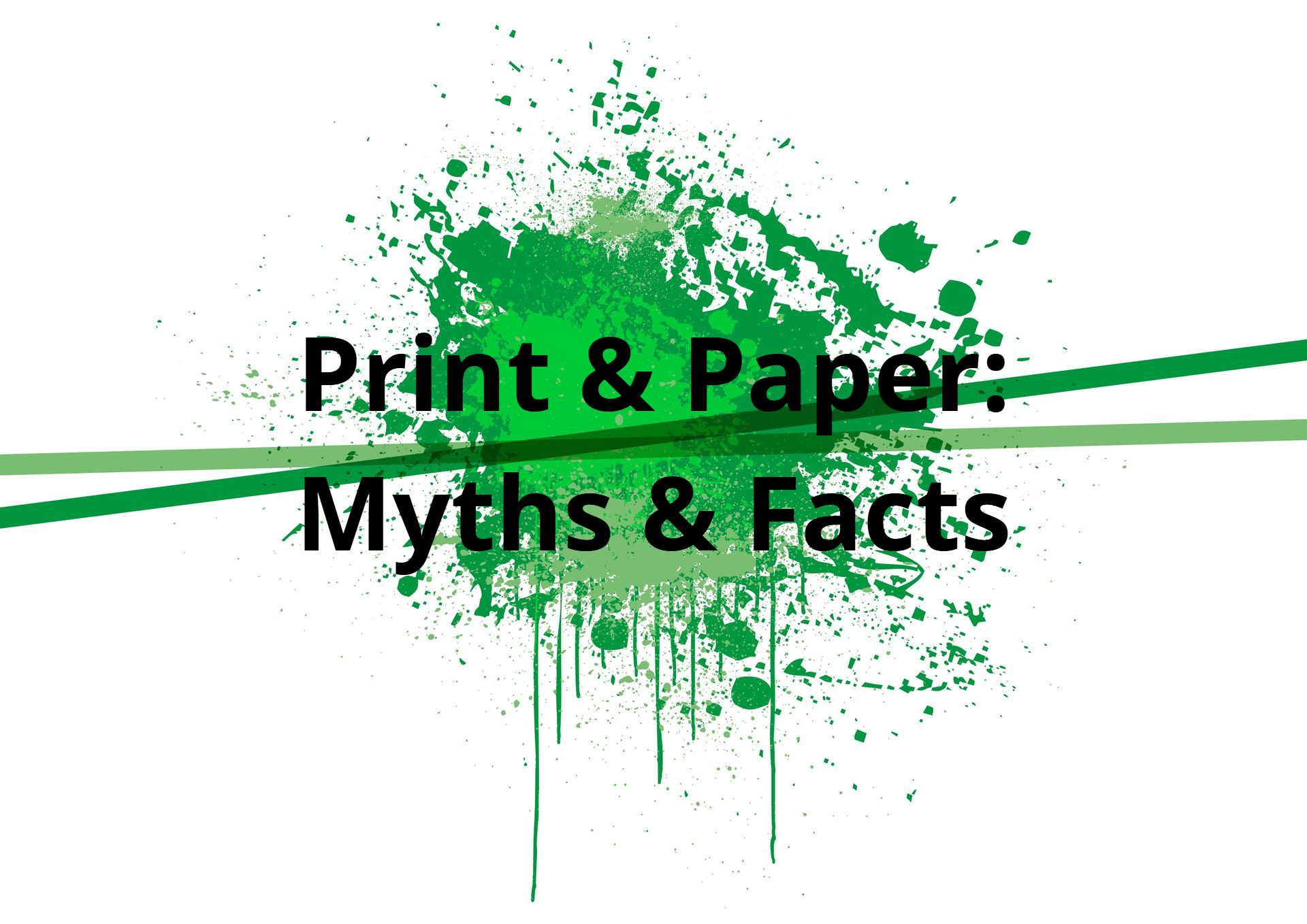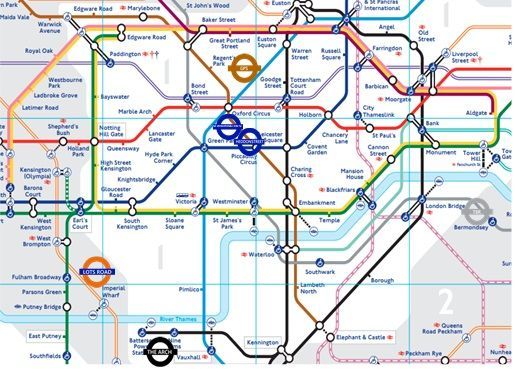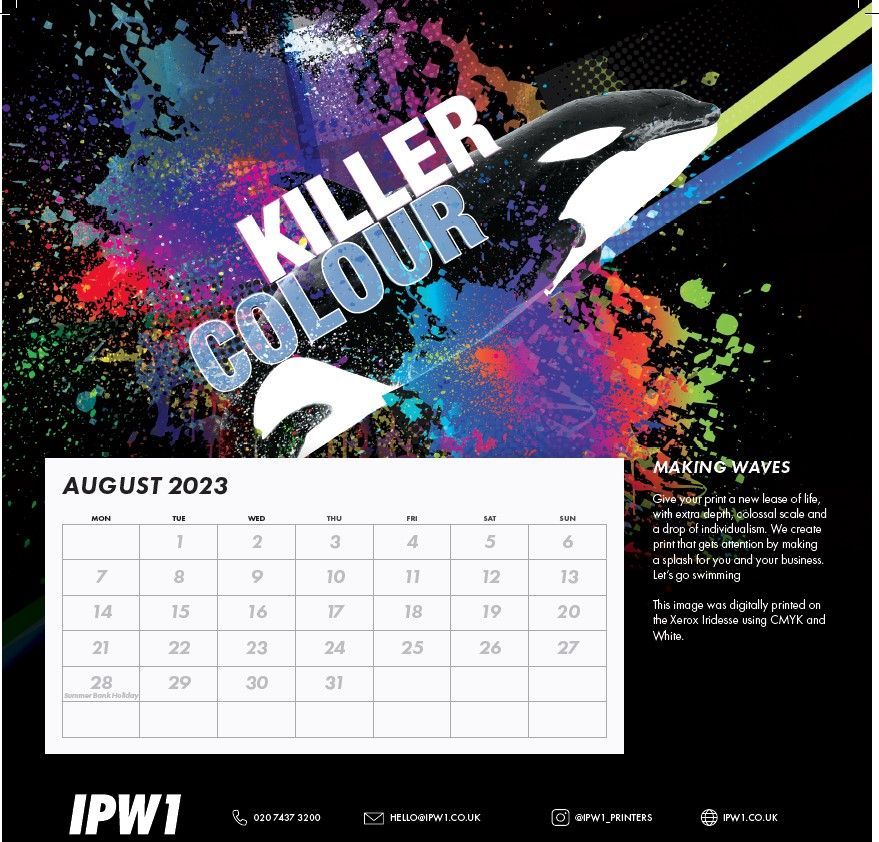
Subliminal advertising is a type of advertising whose intentional messaging subconsciously influences people’s responses. Subliminal ads use messaging, sound, and visuals to share a message and engage target audiences unknowingly.
Subliminal advertising uses the inclusion of indirect or hidden messages to pass below the normal limits of human perceptions. They are made in a way for viewers to have the message stored in their minds.
Let us take a closer look and understand Subliminal advertising and how effective it has been over the years.
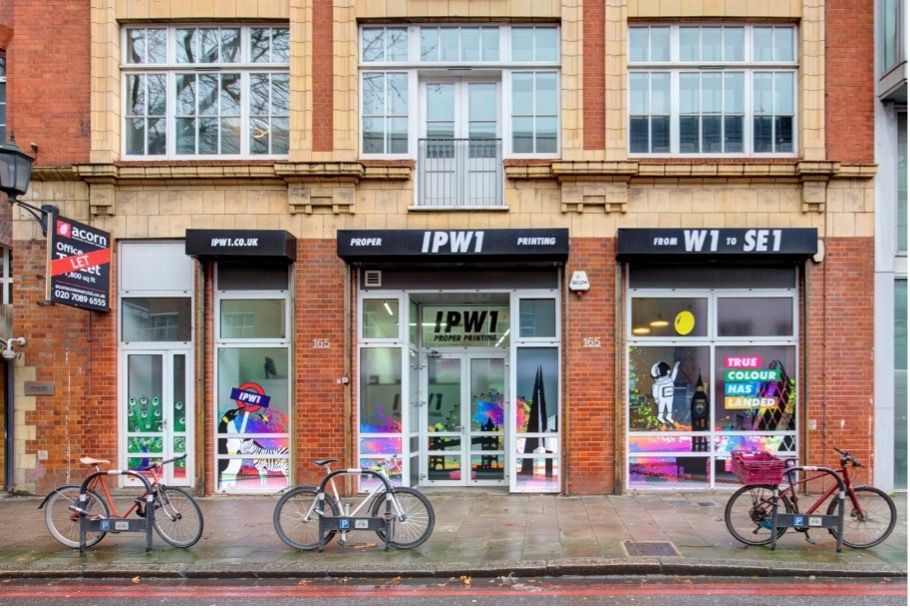
What Is Subliminal Advertising?
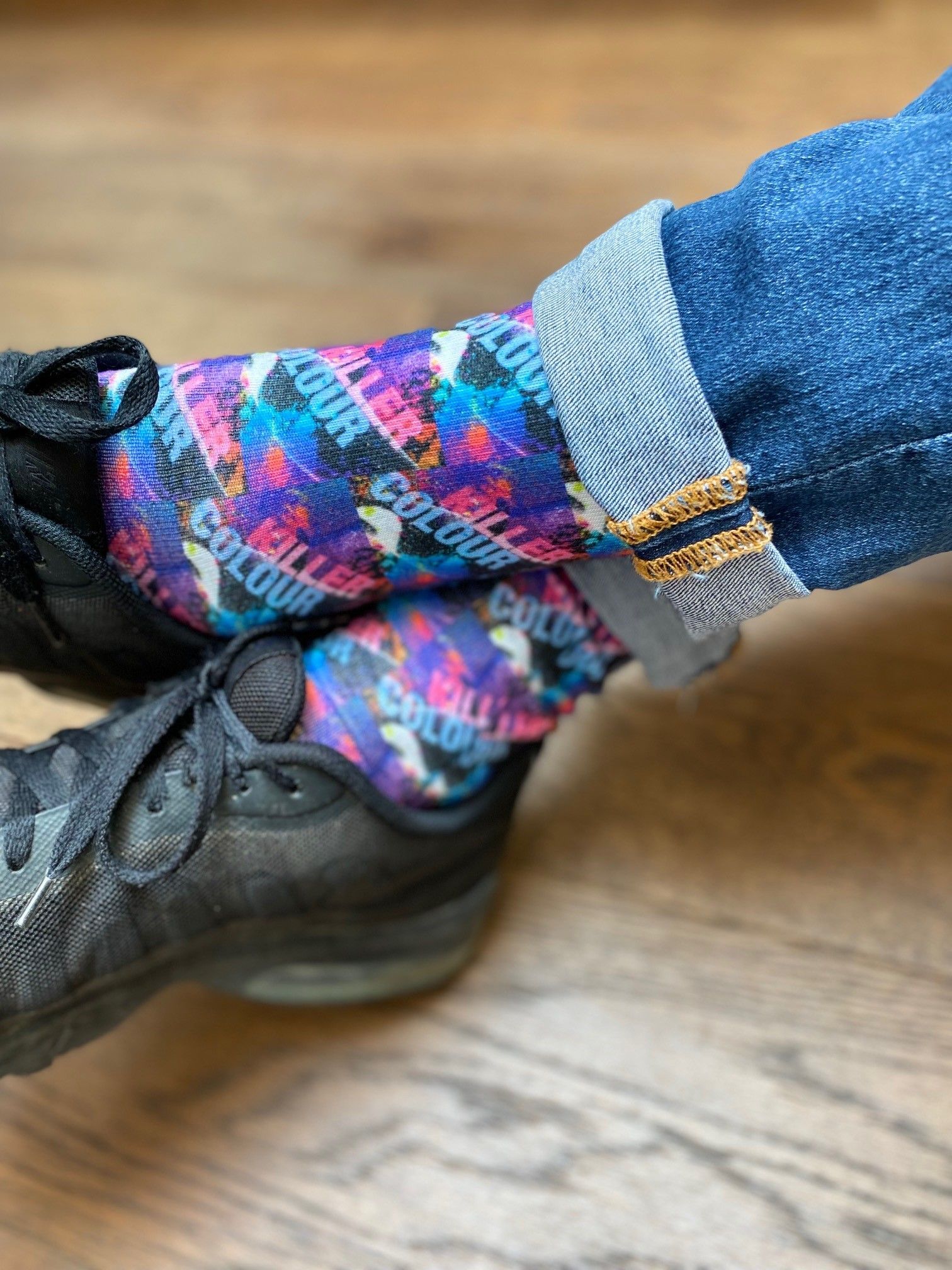
Subliminal advertising is defined as the type of advertising that affects the minds of target audiences without their awareness.
Subliminal advertising first made its modern debut in a 1957 advertisement by James Vicary. He astonished reporters in a press conference by announcing that he'd repeatedly flashed the slogans "Drink Coca-Cola" and "Eat popcorn" throughout a movie, too fast for conscious perception. As a result, he claimed, sales of popcorn had risen 18.1% - and Coke by 57.7%.
Since that time, subliminal advertising has occupied a controversial role in the advertising landscape, with some people claiming it's omnipresent, while others emphasize it's not real. Until now, there is still an ongoing scientific debate about whether subliminal advertising works.
Does Subliminal Advertising Even Work?
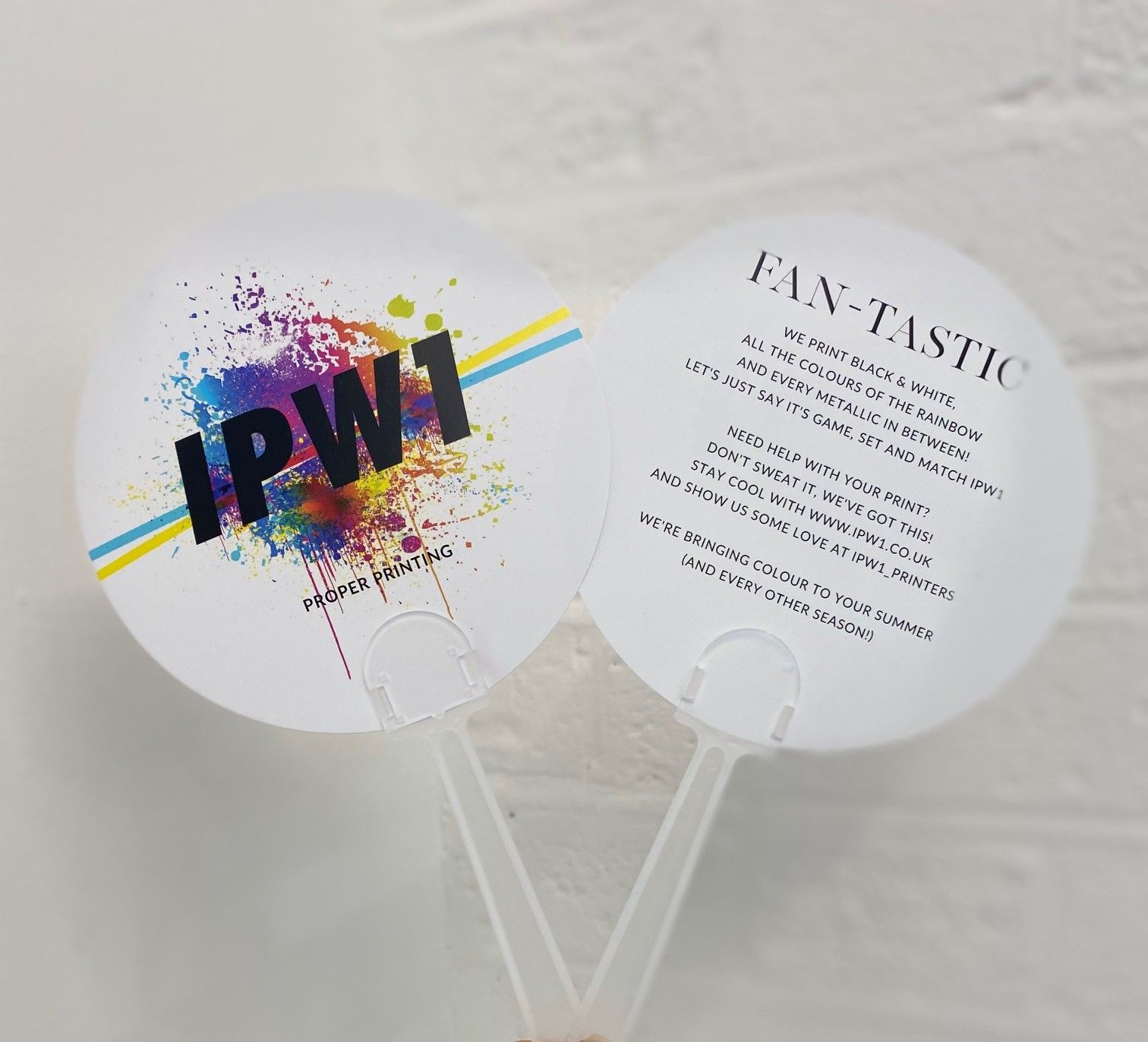
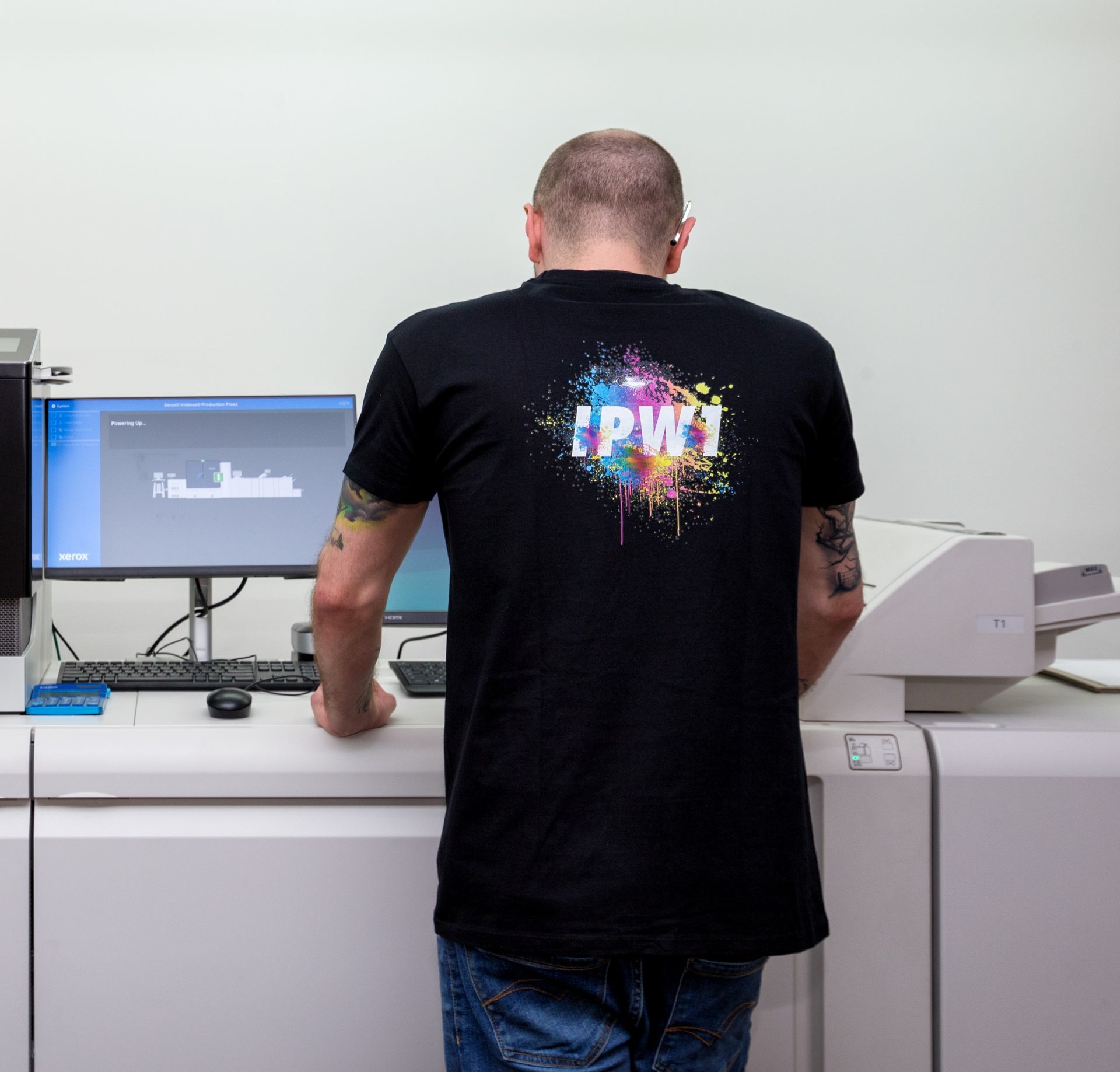
As you may already know, subliminal advertising is a controversial subject. In fact, according to DigitalCommons, 75-80% of the US population believes that advertising agencies purposely use subliminal advertising , while professional advertisers scoff at the idea and virtually no members of the academic advertising community give it credence.
There are various arguments for and against the effectiveness of subliminal advertising. For effectiveness, a 2009 study at the University College of London found that people were especially likely to be affected by negative subliminal messages. For example, a cosmetic advertisement conveying to a consumer that she is ugly might be more effective. Subliminal ads "prime" the brain to seek out stimuli that match the message in the advertisement.
While this argument might deem subliminal advertising effective, some researchers also argue that mind priming only lasts for a brief second and doesn't affect behaviour permanently. A 2005 study in the Journal of Experimental Social Psychology found that subliminal advertising could briefly alter thought patterns but that it did not change behaviour permanently.
Subliminal Advertising And Print
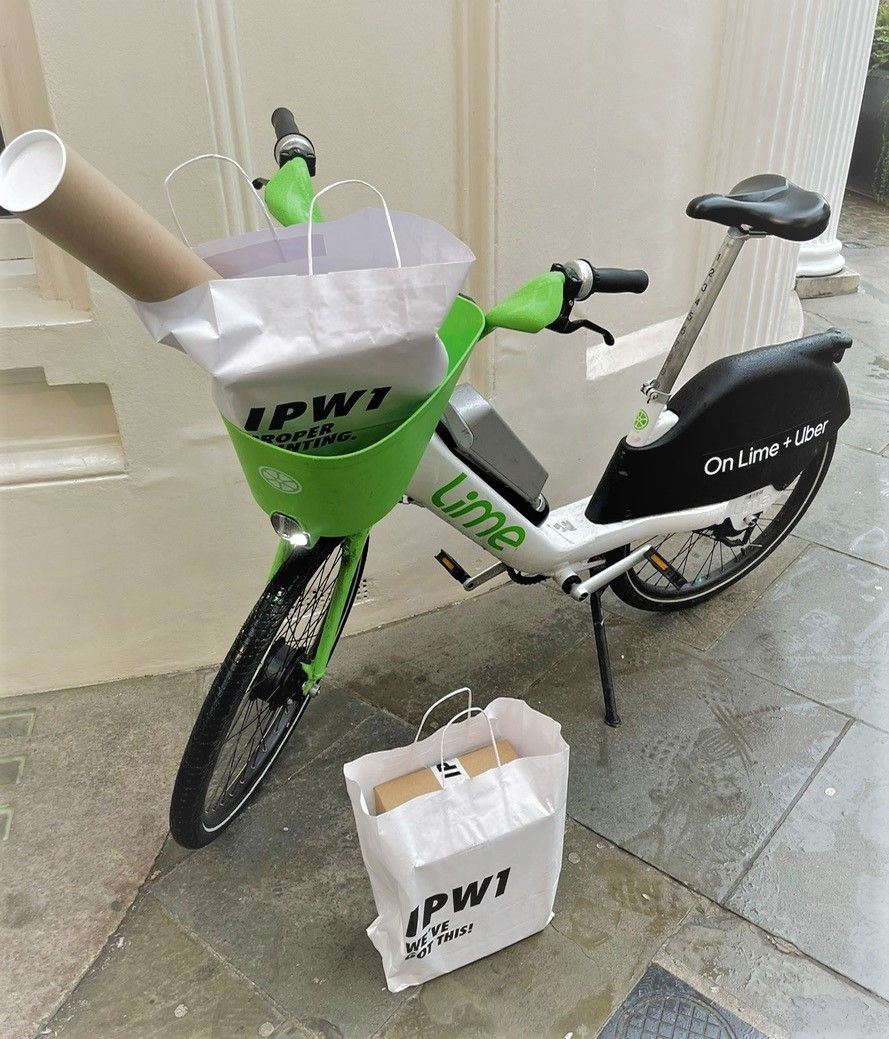
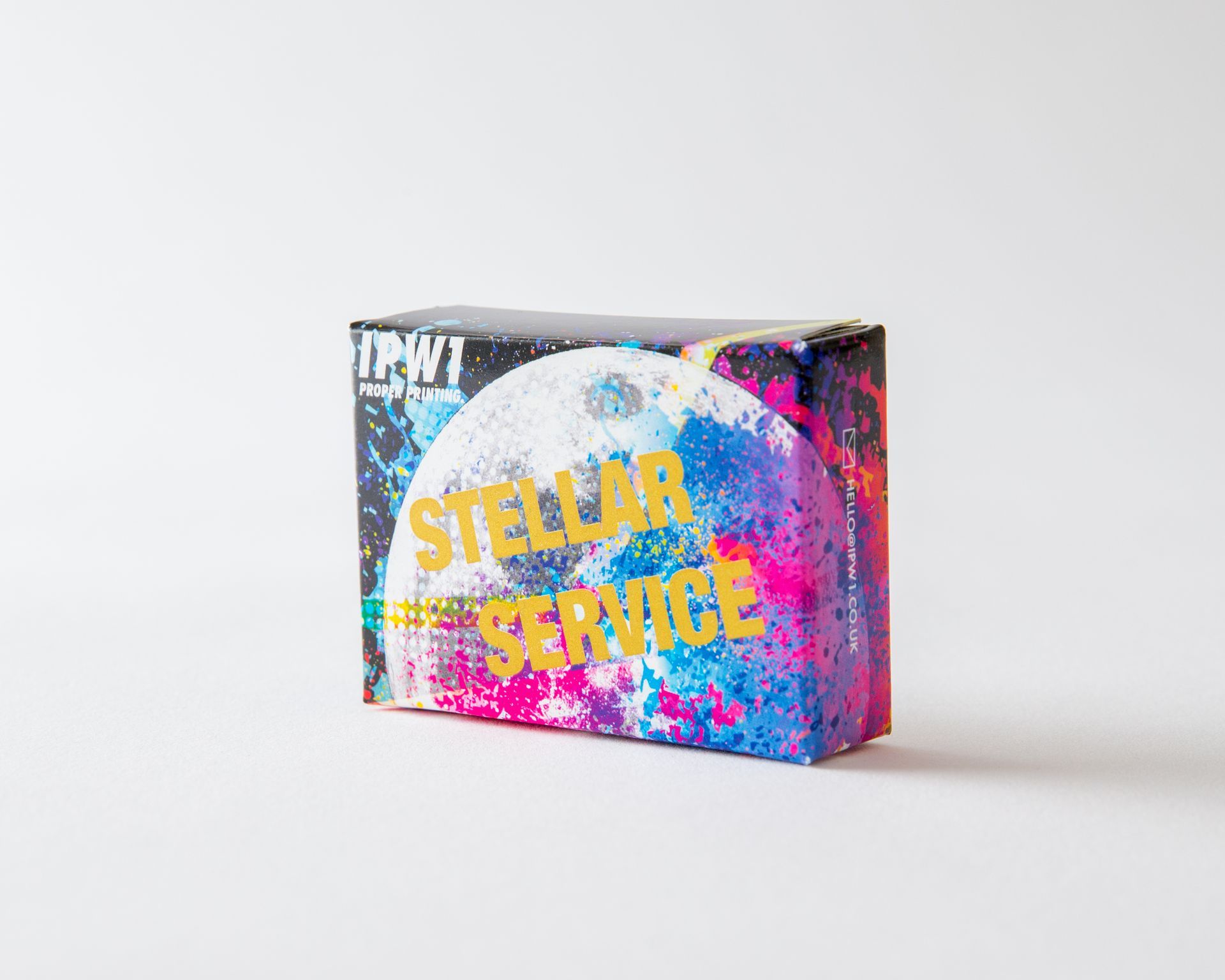
Subliminal messages are messages that are perceived by audiences without being aware of the fact that those messages were intentionally used by the advertisers.
However, such subliminal messages get a positive response. Despite it being hidden somewhere and without having the conscious mind know of it, our subconscious mind responds to it without our knowledge. One of the more common types of subliminal advertisement is sub-visual messaging, which happens in TV, print, and other visual advertisements. Let us take a look at how Subliminal advertising is related to print.
Display Messages
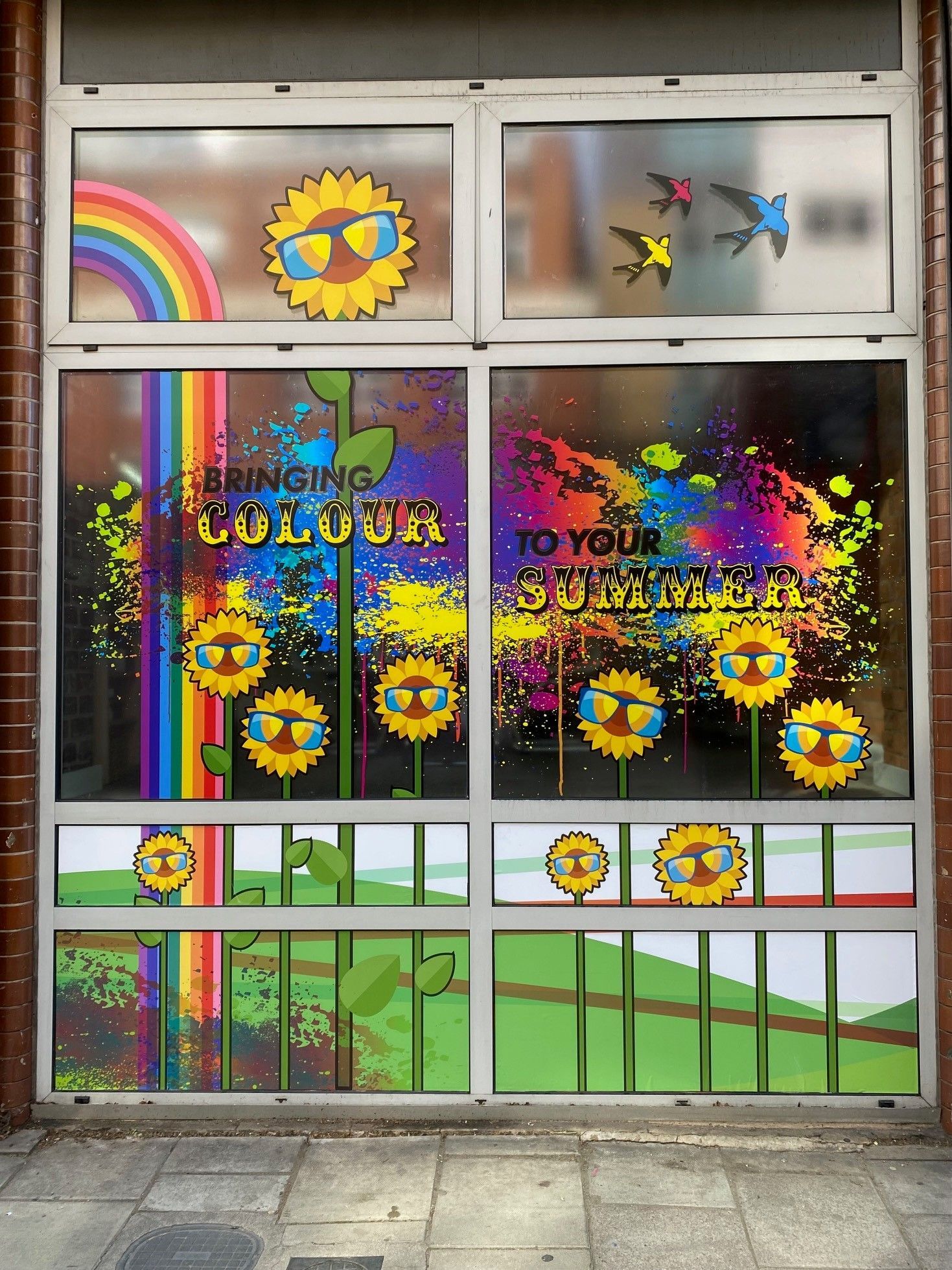

Messages like ‘Hungry? Grab a Snickers’, ‘Feeling hungry? Grab a Popcorn’ produce an instant effect on the audience. Such messages on signboards and especially in movie halls magnetize the audience in no time.
They can also be used as posters outside fast-food joints. IPW1 prints stunning window displays for restaurants to attract potential customers. When the target audience sees these types of messages, they are compelled to act in accordance. In most cases, the messages are usually so small or quick that you don’t realize you see them, but your brain still stores them. Even if you won't act immediately, the next time you pass near the joint your mind will recall and you will get tempted to grab a bite.
Logo Designs
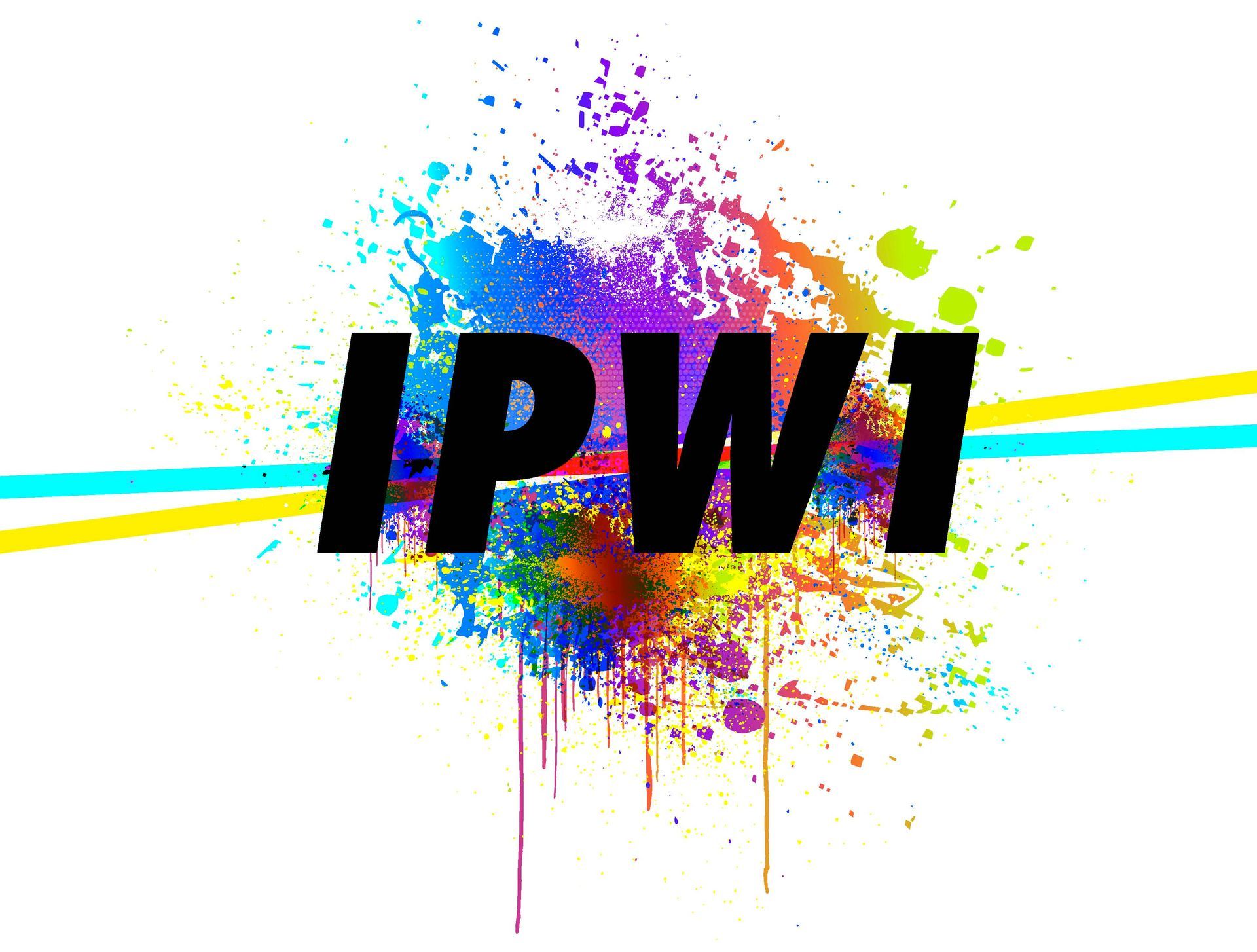
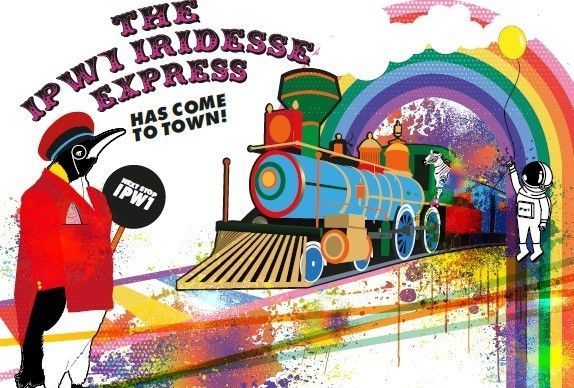
Companies that use print marketing more than often have to put their logo on the advertisement, whether it is being sent by mail or being posted on a billboard.
They can use hidden messages that are not understood easily but have a hidden connotation that talks something about the brand. In the late 1970s, British tobacco brand Benson & Hedges launched an advertising campaign to raise awareness of the brand’s new cigarette packaging.
B&H was among the first tobacco brands to adopt cigarette packs that used hard cards, rather than the thin paper packaging that cigarette manufacturers favoured at that time. On the hard card, they printed a hidden message" that could not be understood until it was highlighted.
Many consumers didn't seem to understand the message until August Bullock cracked it in Highlights of The Secret Sales Pitch. He recognizes that The message was all about the brand and how it aimed to help its consumers.
Creative Business Cards
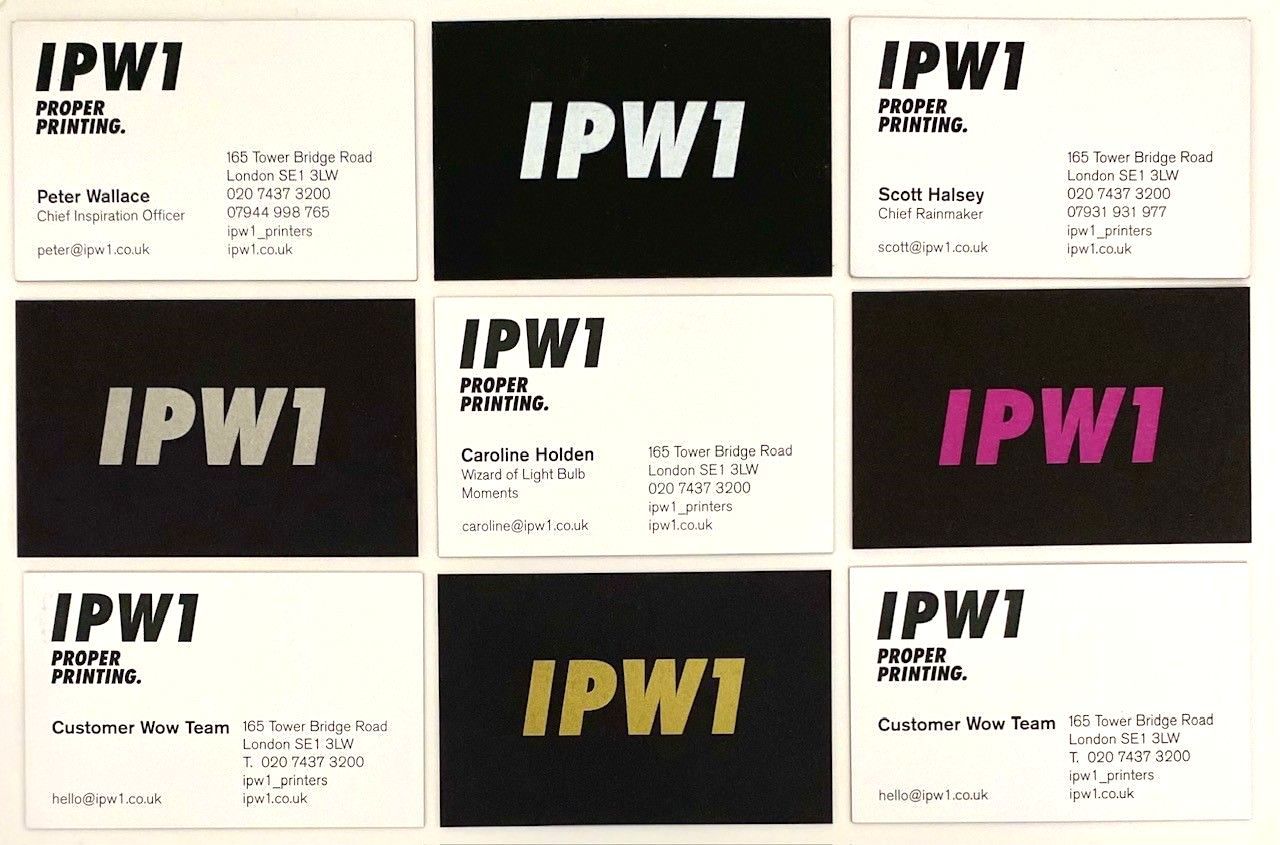
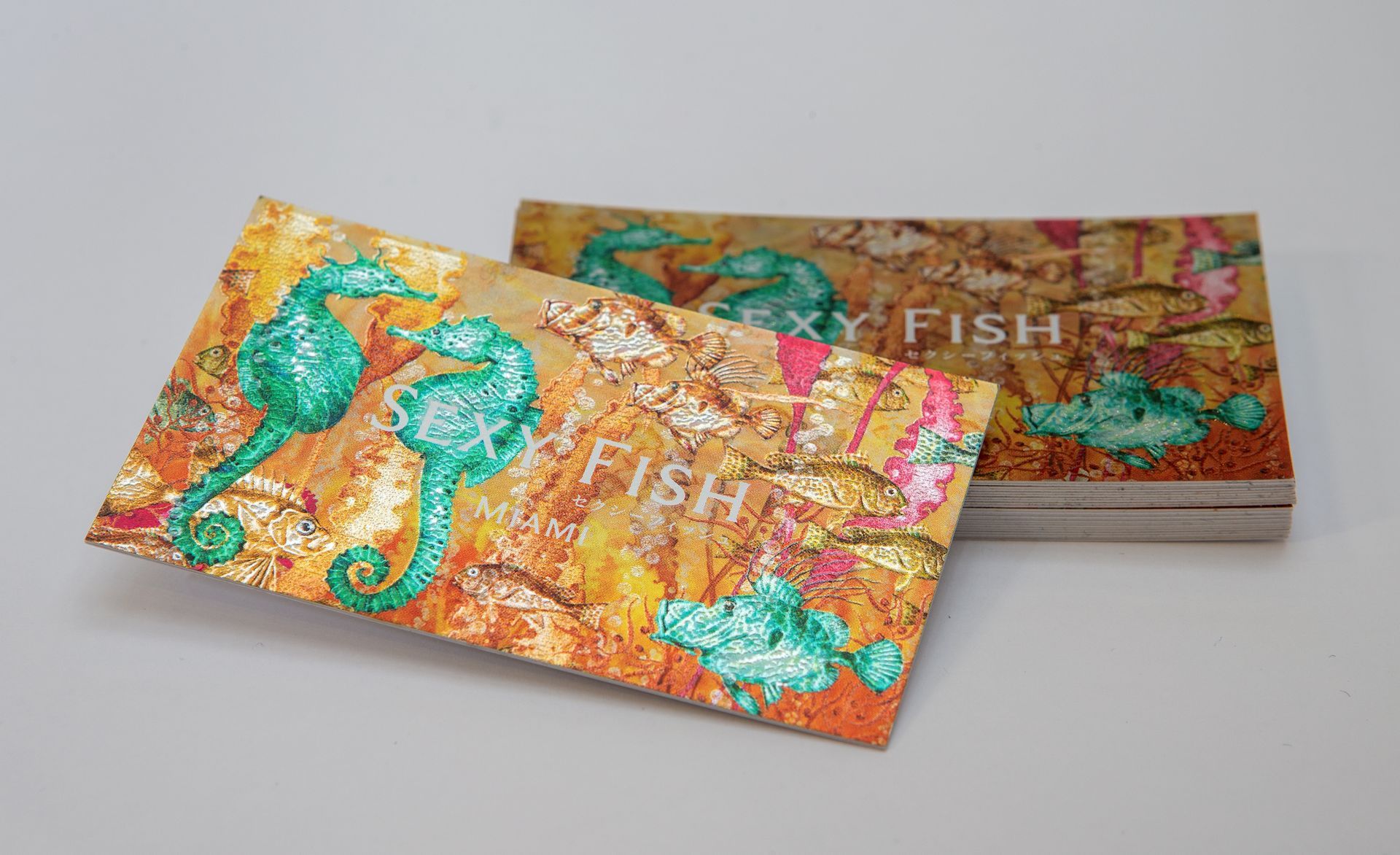
Brand-specific and out-of-the-box business card designs and texts build a permanent brand identity in consumers minds. People love innovative things and hence remember unique brand designs. This gives a golden opportunity for the marketers to sell anything they like to the audience.
At IPW1, we understand the importance of enhancing brand remembrance, especially for bars and restaurants, with embossed texts or images. Whichever colour, shape, cardholders and business cards , the design possibilities are endless and we have you covered.
With embedded messages, the next time consumers see the brand there’s quicker brand recall followed by an instinct to buy the commodity. Above all, people not only remember brands. They also start identifying themselves with the brand’s values.
Labels and Stickers
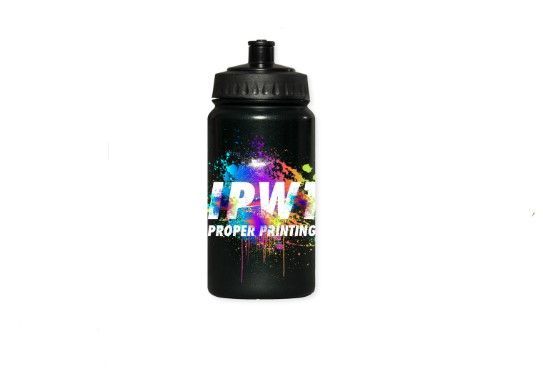

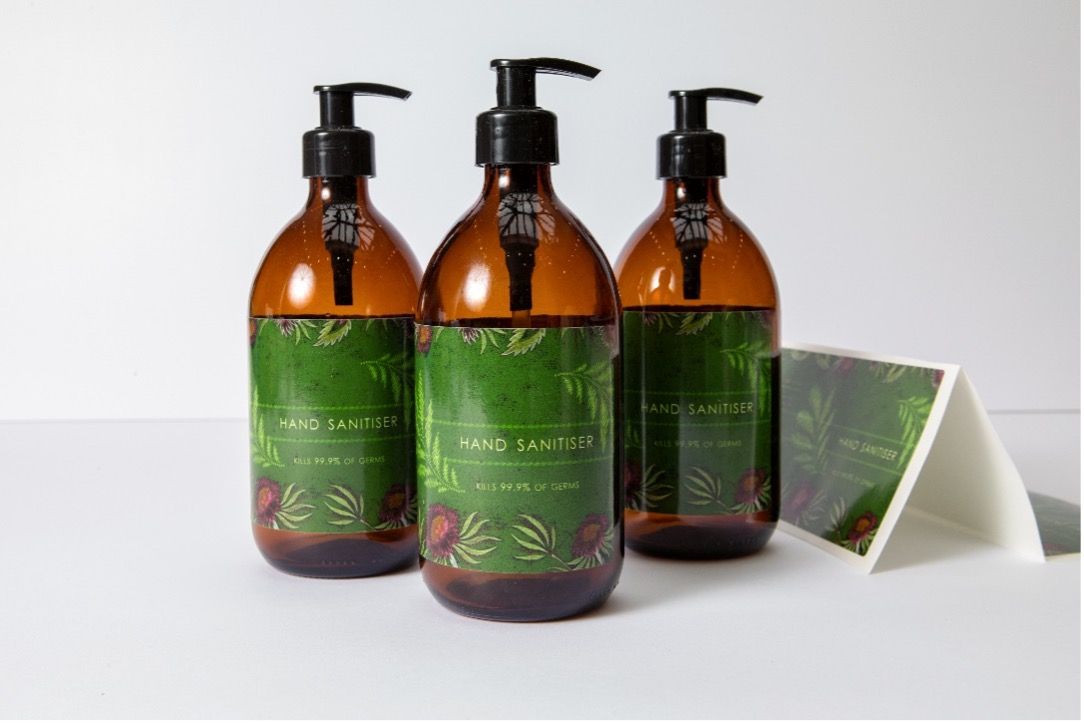
Top Brands use Labels and stickers to bring their adverts to life. Attractive products attract more buyers. This is why perfume products for example meant for men, women or gender neutral are designed in a particular way, with a fitting label.
Not just perfume bottles but overall, every cosmetic product is marketed differently. Doing so attracts the target market even more than what the actual product does.
Additionally, these labels and stickers serve well in wine bottles and even coffee cups, which is why IPW1 is committed to designing custom labels that grab a customer's attention at first glance and significantly boost sales.
Cautionary Signage
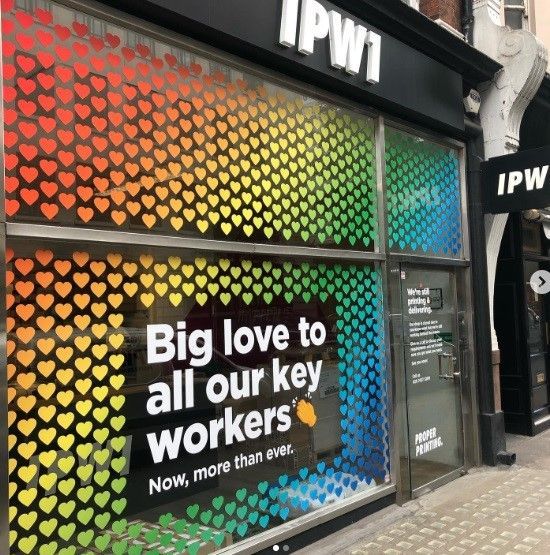

Cautionary signage for businesses became even more relevant on reopening businesses after the Covid-19 pandemic. Hand made and printed posters are more than effective to stop the spread of coronavirus as we learn to live within the rules and guidelines.
Most businesses have embraced the use of these posters but in a more engaging manner. For instance, one movie shop in London had a poster that read 'Get a movie....it will help you stay at home and stay safe' This is an innovative subliminal print in action. The poster not only cautioned people to stay safe but also boosted movie sales remarkably.
IPW1 also prints social distance signage for businesses. Whether that’s floor signs and tape, wall and door signs, ‘wear PPE’ signs, social distance signs, multi-material and fitting, or even easy to use repositionable talking signs. We have everything you need.
All these forms of subliminal advertising use print, which brings the argument over the power of subliminal print advertising to an end. All regulations considered, businesses can confidently use subliminal advertising to increase sales.
For any print queries, contact IPW1 on 020 7437 3200 or email us at hello@ipw1.co.uk
to discuss your options today.
